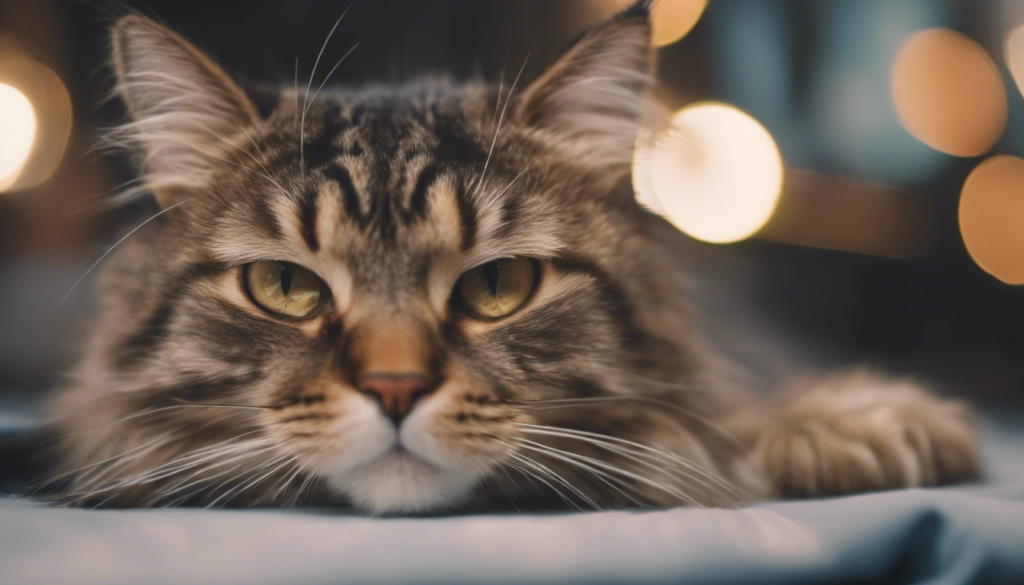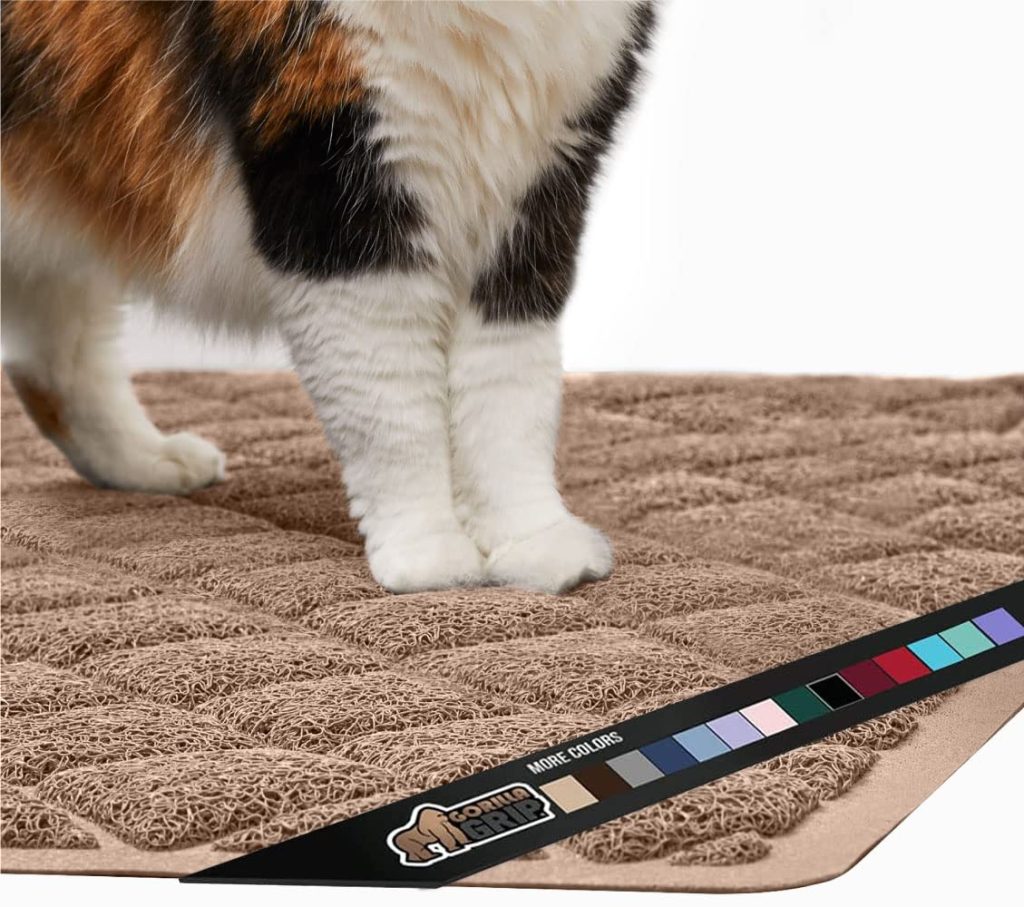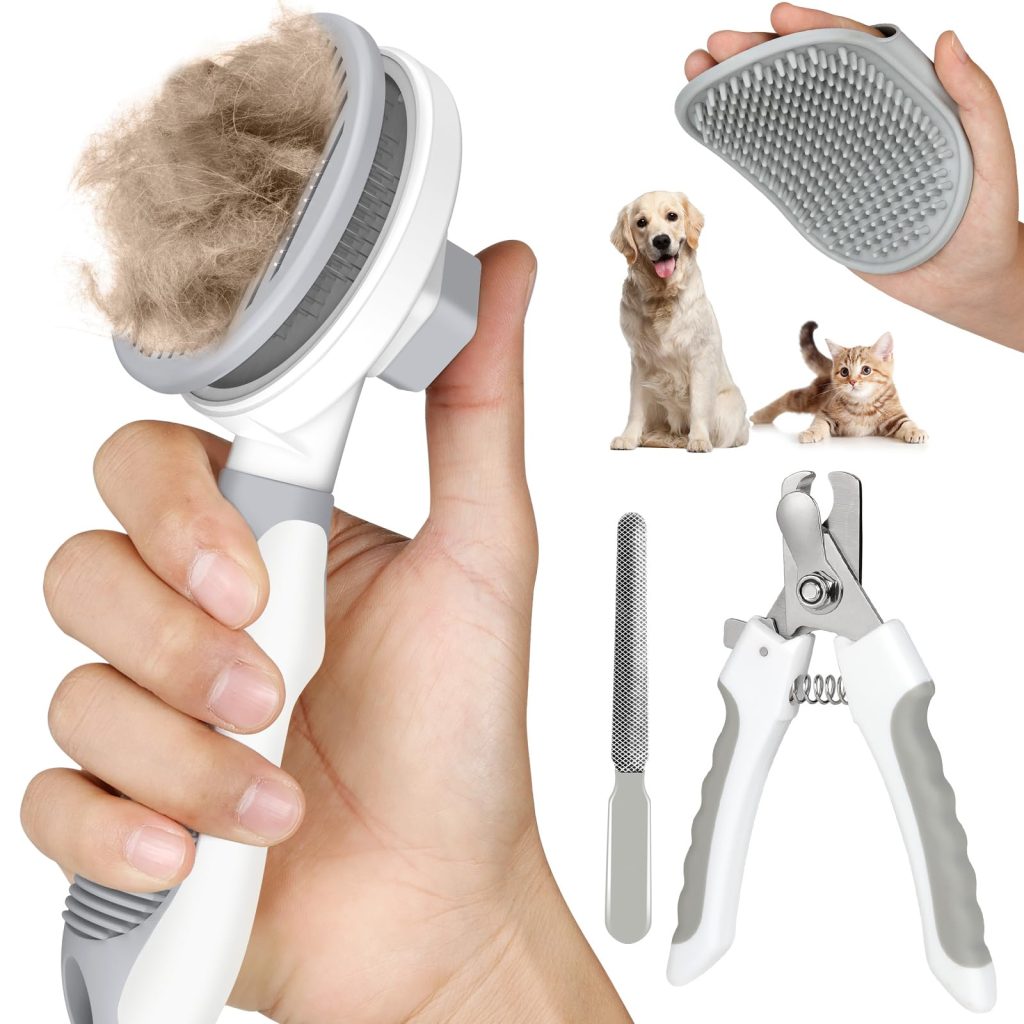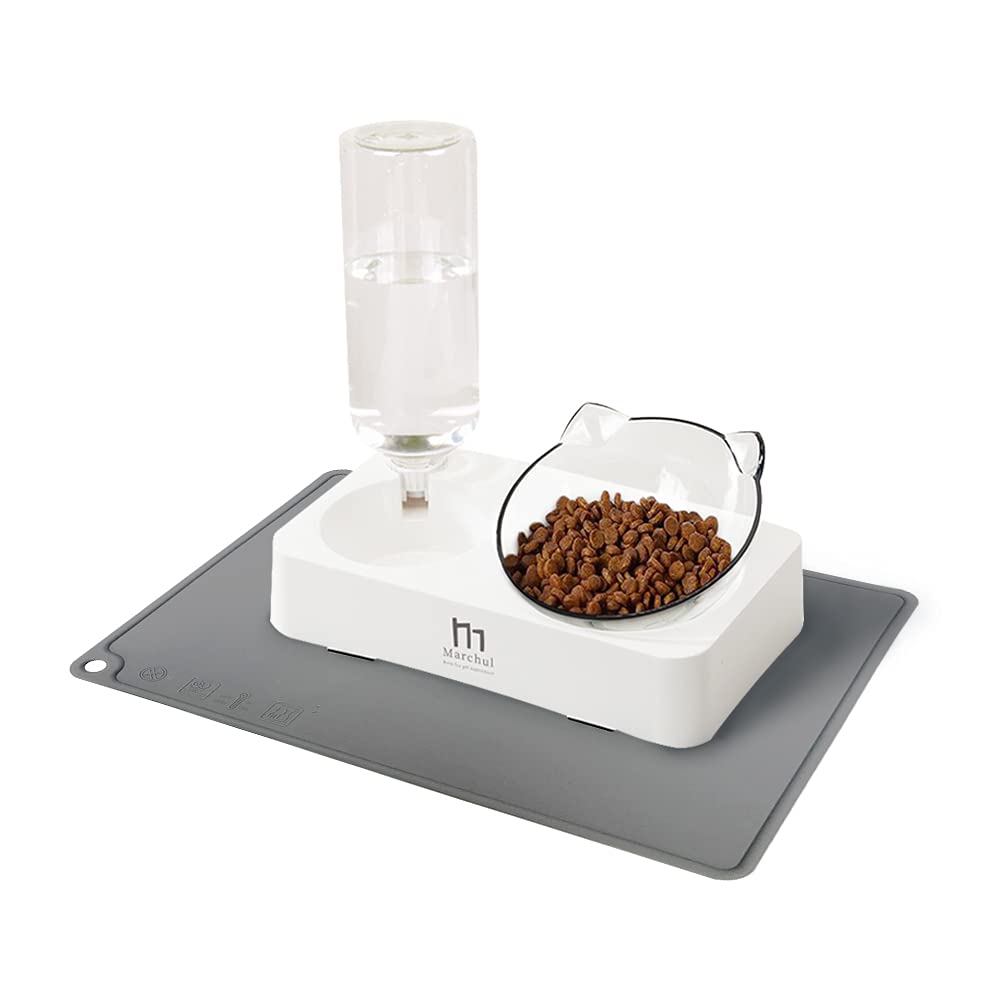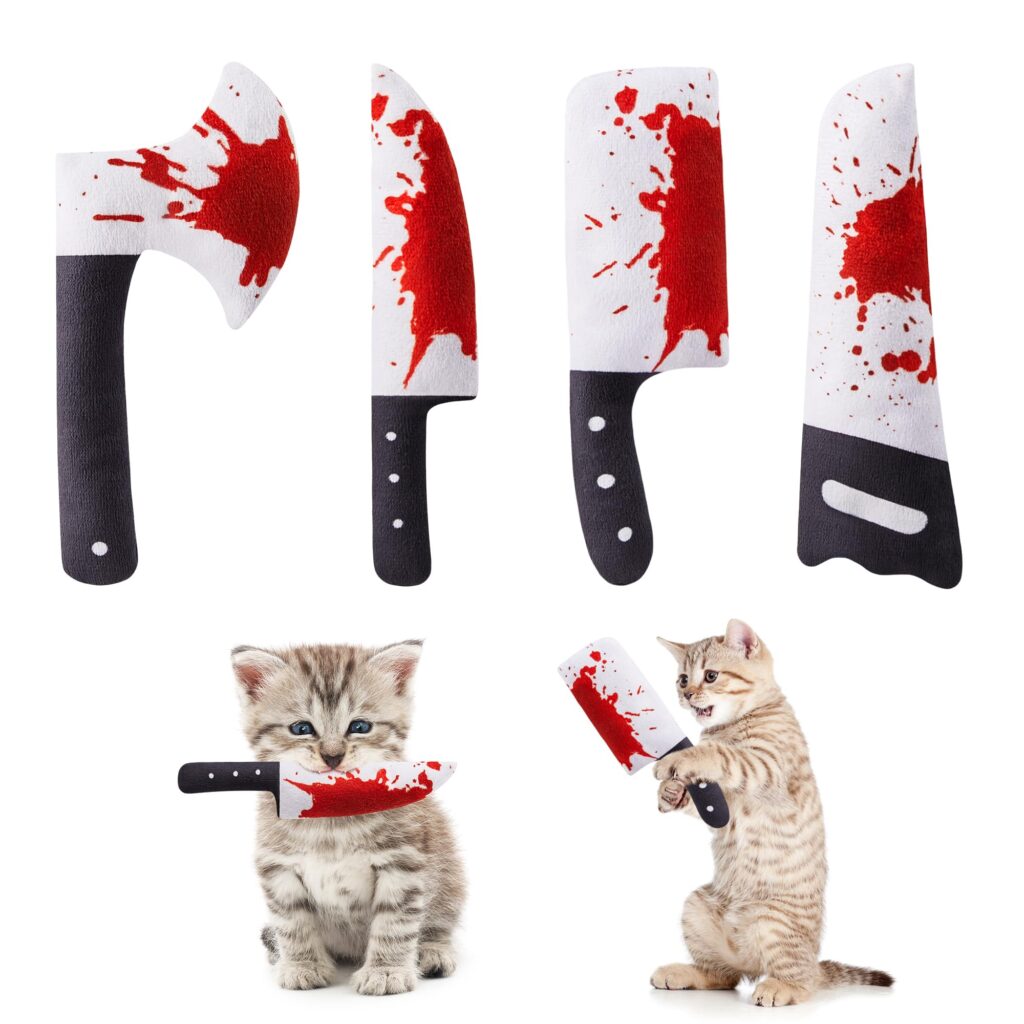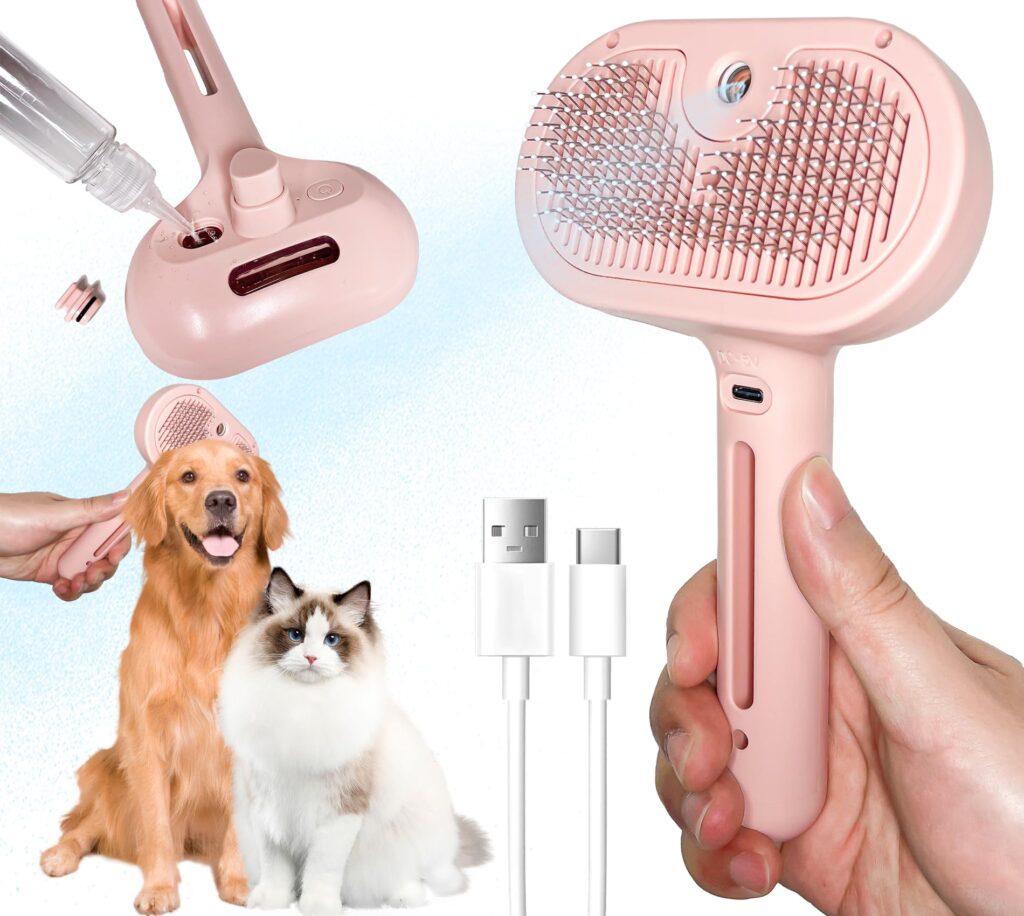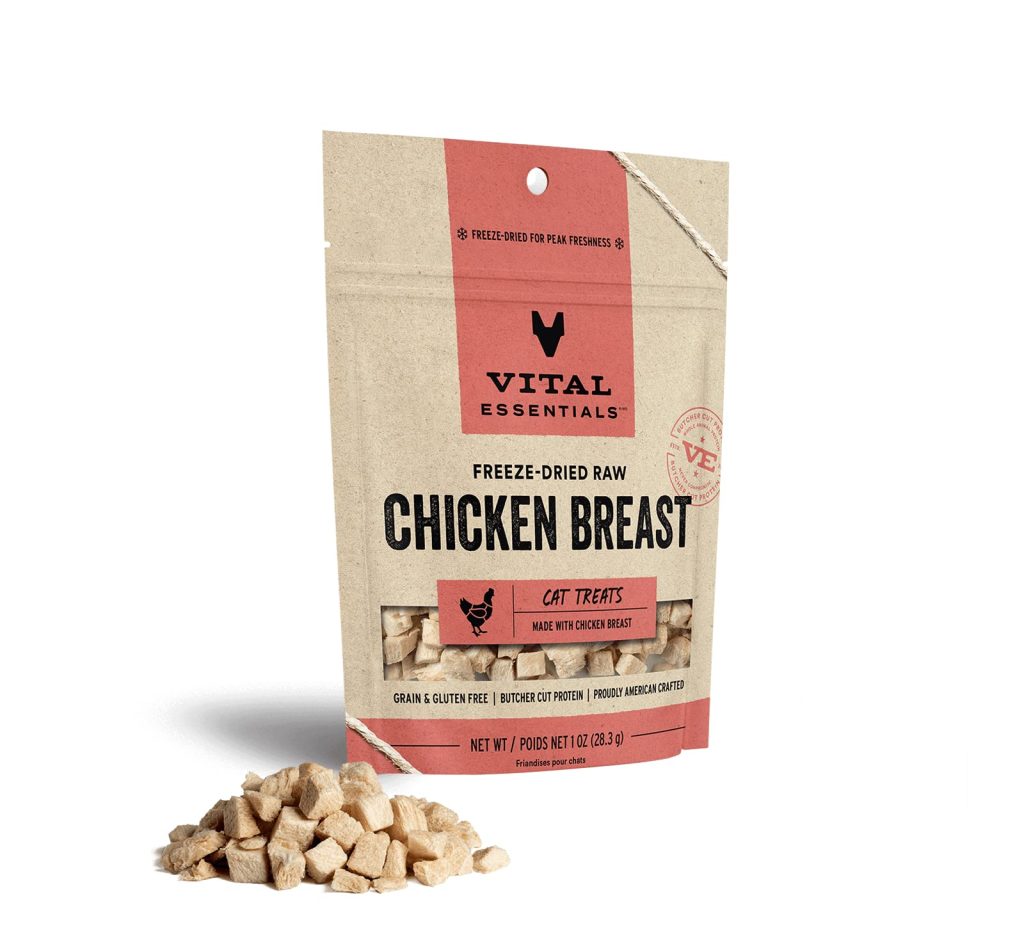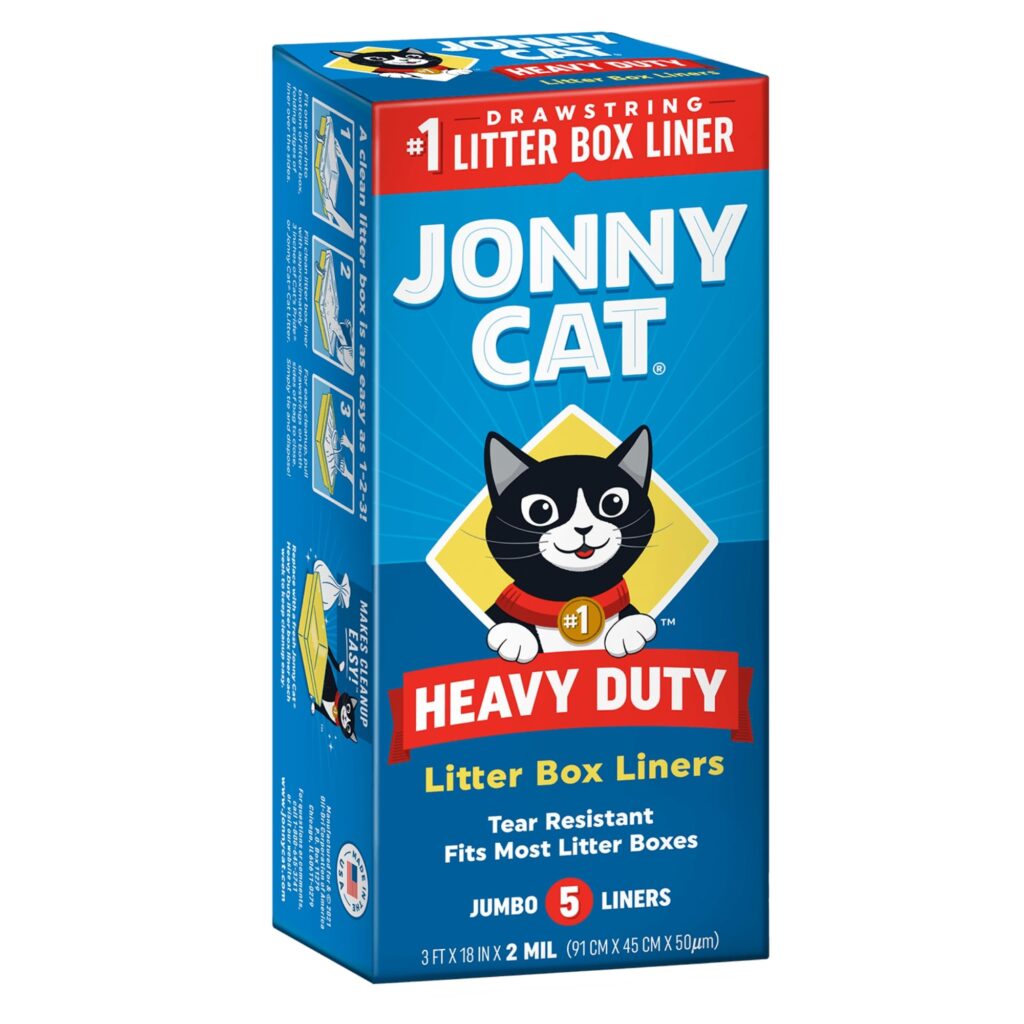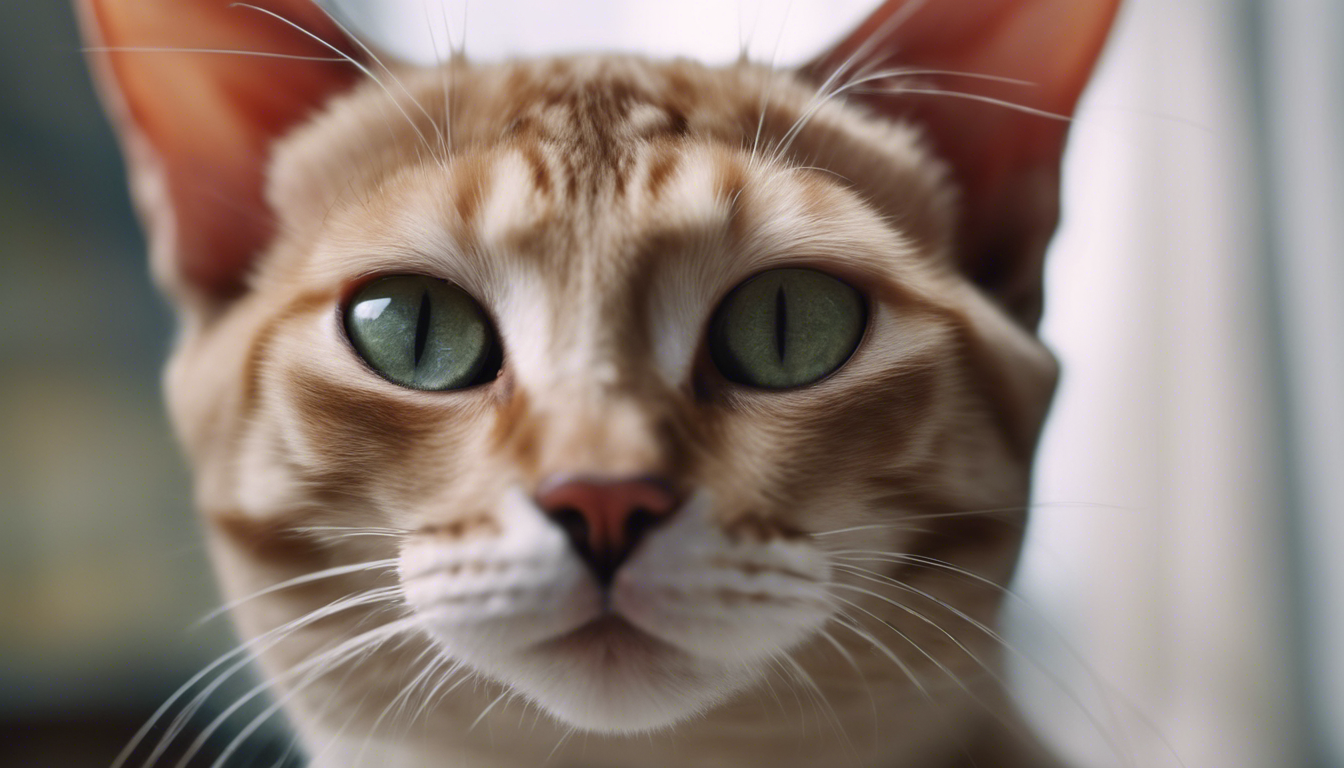
History and Origin of the Oriental Cat Breed
The Oriental cat, with its sleek body and spiky ears, is a feast for the eyes. Its story begins in the 1950s and 60s when cat breeders yearned to create a feline with a Siamese body type but with a wider array of coat colors and patterns. To achieve this, they crossed the Siamese with other breeds, such as the American Shorthair, the Abyssinian, and even the Russian Blue. The result? A cat that boasted the long, slender body of the Siamese but with a rainbow of new coat possibilities. Unsurprisingly, this breed soon caught the interest of cat enthusiasts.
The American Cat Fanciers Association (CFA) opened its arms to the Oriental Shorthair in 1977, recognizing the new breed officially. In the years following, breeders went even further, introducing a longhaired variety which became known as the Oriental Longhair. Though it took a little longer to charm the cat fancying circles, by 1995, it too was accepted by the CFA.
The intriguing backstory of the Oriental cat adds a layer of charm to this breed, setting the stage for an array of unique characteristics that make the Oriental a truly one-of-a-kind pet.
Physical Characteristics and Colors
Slender and elegant, the Oriental cat carries itself with a grace that is hard to overlook. Its body is lithe and muscular, a true testament to its Siamese ancestry, which is evident in its long, svelte lines from the tips of their pointed ears to the ends of their whippy tails. A defining feature of this breed is undoubtedly its large, almond-shaped eyes that come in a vivid green, adding to the intensity of its gaze and overall exotic appearance.
But it isn’t just their body shape that turns heads; the Oriental’s coat is a canvass of color. They boast an impressive palette that includes over 300 color and pattern combinations. From solid colors like ebony, blue, and white, to striking bi-colors and unique patterns such as tabby, smoke, and even pointed varieties reflecting their Siamese cousins. Their coat, regardless of length, is fine and silky, lying close to the body and highlighting their angular bone structure and sleek lines.
Is it the overwhelming decision when choosing an Oriental? Perhaps, but it ensures that no two Orientals are ever exactly alike. Whether opting for the shimmer of a silver coat, the depth of a chestnut brown, or the complexity of a parti-colored pattern, each cat is distinctly unique.
Despite their aristocratic appearance, Orientals are far from being dainty. Their playful and curious nature means they’re always in motion, leaping gracefully from perch to perch. They’re often described as ‘dog-like’ due to their tendency to form strong bonds with their owners and their love for playtime. An Oriental cat is the perfect partner for a game of fetch or a hunt for toys hidden throughout the house. It very important for owners to provide ample opportunities for exercise to match their spirited zest for life.
The grooming needs of the breed are relatively low maintenance due to their short, fine coat. A weekly brushing is typically enough to keep an Oriental looking dapper, but the longhaired variety may require a bit more attention to prevent tangles or mats. Regular grooming sessions are also a perfect time for bonding, and it helps reduce the amount of hair swallowed during self-grooming, preventing hairball issues.
Speaking of care, while the Oriental’s special coat doesn’t demand it, their diet sure does. These slender beauties need high-quality food this is rich in protein to maintain their athletic physique. While they can be prone to gorging themselves if given the chance, it is essential for owners to manage portions and ensure their diet is balanced and aligned with their age, size, and energy levels.
And there’s something else to bear in mind: the Oriental’s sleek coat doesn’t offer much in the way of insulation. So keeping your home at a comfortable temperature is key, as they can get chilly without the added fluff other breeds have. Cozy beds, sunny windowsills, and even cat sweaters can keep them warm and content.
In a nutshell, the Oriental cat is a vibrant combination of athleticism, elegance, and personality. From the multitude of colors and patterns to its animated temperament, caring for an Oriental is a truly unique experience. They will leave an indelible mark on your heart with their beauty and affectionate nature.
Temperament and Behavior
When it comes to the character of the Oriental cat, you’re in for a treat. These felines are as personable as they’re stunning. Like their Siamese relatives, Orientals are chatty felines, known for their distinctive meows and a willingness to engage in conversation with their humans whenever given the chance. Their vocalizations can range from soft chirps to more persistent yowls, depending on their mood and needs. So, if you are looking for a quiet cat, an Oriental might not be your best bet.
Their social nature doesn’t end with their talkative tendencies. Oriental cats thrive on human interaction and form deep bonds with their family members. They’re not the type of cats that will be content to lounge around all day without companionship. Instead, they’ll follow you from room to room, offering their “help” with whatever task you are doing, be it typing away at the computer or folding laundry. For this reason, Orientals do best in homes where they will get plenty of attention and are not left alone for long periods.
That incredible energy they possess isn’t just for show. They’ll leap into your arms, sprint down the hallway, and engage in acrobatic antics that would put a circus performer to shame. Playtime is very important for your Oriental cat, so be ready with a stash of interactive toys, puzzle feeders, and even a good old-fashioned string to keep them mentally and physically stimulated. Without proper stimulation, an Oriental cat may resort to creating its own fun, sometimes at the expense of your curtains or furniture.
Despite their playful side, Orientals also have a gentle and affectionate nature. They’re known for their love of snuggling and will often seek out a warm lap to curl up in. Their desire to be close to their humans makes them loving companions, and they will often show their affection in very direct ways, like nuzzling against your hand or purring contentedly as they sit beside you.
Given their intelligence and desire to interact, Orientals can also be trained to perform tricks or walk on a leash. With patience and some tasty treats, you can teach your Oriental various commands or to navigate an agility course. Their whip-smart brains will pick up new skills quickly, and they’ll relish the opportunity to learn something new and the attention that comes with it.
Overall, the Oriental’s temperament is perfect for an active home where they can be the star of the show and take part in all the family shenanigans. If you’re looking for a feline companion that combines the elegance of a supermodel with the energetic antics of a comedian, and the affection of your best friend, the Oriental cat will fit the bill nicely. Just be prepared for the dynamic energy and hearty conversations that will become part of your daily routine!
Health and Care Requirements
When it comes to health and care requirements for the Oriental cat, there are a few key aspects that owners should keep front and center. These felines have a lifespan that can well extend into their teens with the right care. A baseline for maintaining their health starts with regular vet check-ups, vaccinations, and routine preventative care like flea and tick treatments and deworming.
Though Oriental cats are generally robust, they can be predisposed to certain genetic health issues, much like other purebred animals. It is not uncommon for them to face the same potential for health problems as their Siamese ancestors, such as respiratory issues, dental problems, and cardiac conditions like hypertrophic cardiomyopathy. Regular health screenings can help catch any budding issues early.
A proper diet plays a pivotal role in the Oriental’s health and longevity. To keep up with their active nature, they require a well-balanced, high-protein diet. It is important to measure their food and stick to a feeding schedule to avoid obesity, which can lead to a slew of additional health complications. Also, keep fresh water available at all times to encourage hydration, as good water intake can support their urinary tract health.
Grooming an Oriental cat aids not just their appearance but also their overall well-being. Regular grooming removes loose hair, dander, and dirt, and minimizes the chance of hairballs. As mentioned earlier, short-haired Orientals will do well with a weekly brush, while longhaired ones may require more frequent grooming to avoid mats and tangles. Don’t say goodbye to dental hygiene; brushing their teeth or providing dental treats can help prevent periodontal disease.
Orientals are often very clean animals, so maintaining a clean litter box especially important. It ensures good hygiene and encourages proper litter box use. Clipping their nails every couple of weeks, along with regular ear checks, will keep them comfortable and prevent scratching damage in your home.
Another vital aspect of care is providing them with safe indoor environments. These lively kitties might try to dart outside, where they could face dangers like traffic or predators. They’re better off enjoying the view from a sunny window or an enclosed catio if possible. They also enjoy vertical spaces, so cat trees and wall shelves allow them to climb and roost high up, fulfilling their natural instincts in a safe manner.
Finally, mental and emotional care is as important as physical care for Oriental cats. Given their social and intelligent nature, they need interactive play, mental stimulation, and emotional bonding to thrive. Providing a rich environment with toys, scratching posts, and even training sessions can keep their minds engaged. And of course, cats of this breed crave affection and company, so spending quality time with your Oriental is a must.
In essence, the Oriental cat is a delightful pet that requires a combination of practical care, affection, and engagement to lead a fulfilled, healthy life. By meeting their physical, dietary, and emotional needs, you’ll ensure your Oriental cat remains a happy and vibrant member of your family for many years to come.
